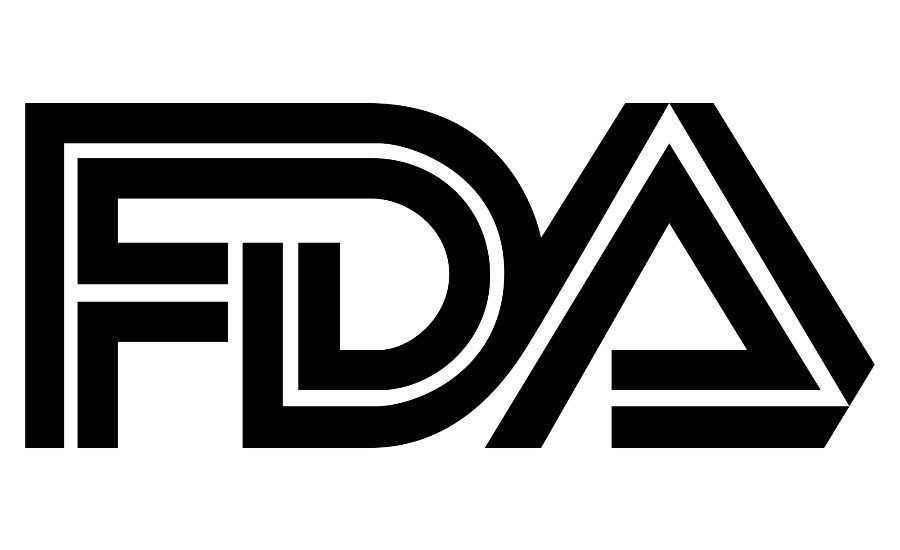Article
FDA Authorizes Moderna COVID-19 Vaccine
Author(s):
The authorization to Moderna is the second in as many weeks for a COVID-19 vaccine, following Pfizer's.

An original version of this article was published by sister publication Contagion.
The US Food and Drug Administration (FDA) has granted Emergency Use Authorization (EUA) to Moderna for its coronavirus 2019 (COVID-19) vaccine mRNA-1273.
With the late Friday authorization, the mRNA vaccine becomes the second vaccine authorized for combating the pandemic virus in the US.
The mRNA-1273 is encoded for a prefusion stabilized form of the SARS-CoV-2 Spike S protein, a protein complex that is critical for membrane fusion and host cell infection. The vaccine was created in collaboration between Moderna and investigators from the Vaccine Research Center at the National Institute of Allergy and Infectious Diseases (NIAID).
Moderna’s mRNA-1273 is a new approach to vaccines to protect against infectious diseases. Although the technology of nucleoside-modified messenger RNA platform-hosted vaccines have been studied for decades, none have ever been employed for use in the US prior to COVID-19.
The interest in this type of vaccine grew at the very beginning of the pandemic, due to the fact they can be created using readily-available materials and can be easily standardized and scaled, allowing for a faster development process.
Unlike traditional forms, mRNA vaccines do not put weakened or inactivated germs inside the body. Rather, they teach cells to make proteins that will trigger an immune response by injecting ribonucleic acid into cells which gives them instructions. The cells then display the protein on their surface, activating the creation of antibodies as in a natural infection. This in turn stimulates a more potent response by the immune system.
The ongoing randomized, stratified, observer-blind, placebo- controlled study assessing the vaccine has included 30,351 participants who were randomized 1:1 to receive intramuscular injections of either 100 μg mRNA-1273 or placebo. The vaccine was administered in 2 doses given 28 days apart in adults who were 18 years of age or older.
Included in the study were 24,907 (82.1%) participants who were considered to be at occupational risk for acquiring the SARS-CoV-2 infection, of whom 7,613 (25.1%) were healthcare workers.
At the interim analysis provided to FDA in the EUA application, mRNA-1273 was found to have an efficacy of 94.5% (95% CI, 86.5%-97.8%) against confirmed COVID-19 14 days after the second dose in participants without evidence of a prior SARS-CoV-2 infection. In total, 11 cases of severe COVID-19 were observed, but all of them occurred in the placebo group.
Data was submitted as an amendment after the initial EUA request from a final efficacy analysis. However, the FDA has not yet independently verified the data from this dataset. The final scheduled efficacy analysis on the primary endpoint, demonstrated an efficacy of 94.1% (95% CI, 89.3%, 96.8%). A lower efficacy was observed in participants ≥65 years of age compared to that in younger adults 18 to <65 years of age.
Moderna has announced that its short-term goal is to produce approximately 500 million doses of mRNA-1273 per year, with the hopes of scaling up global manufacturing to produce a potential 1 billion doses of the vaccine per year in the future.
The company has reached an agreement with the US government to continue using its manufacturing infrastructure to supply 200 million doses. The US also retains the option to purchase a further 300 million doses as part of the agreement under Operation Warp Speed.
Though the authorization, as was granted to Pfizer last week, allows for the emergency-based and ongoing review-dependent distribution of the vaccine, Moderna would still seek Biologic License Application (BLA) approval for mRNA-1273, making it a marketed vaccine for preventing COVID-19. Additional manufacturing, efficacy, and safety data that provides a greater assurance of the product would warrant a BLA application.
There are still vital questions that need to be answered when it comes to vaccines for COVID-19, such as their safety when given to a larger number of people and the potential for waning immunity over time.
How the vaccines influence viral loads and community transmission risks still need to be investigated, however this can only occur when the therapy has been introduced to more people.
2 Commerce Drive
Cranbury, NJ 08512
All rights reserved.




